The maintenance issue is always a big topic for discussion all over the world. Although many engineers and specialists have given their point of view to show the importance of building maintenance, people always neglect the inspection report and not taking it seriously. Here is another “Wake Up Call” for us with the accident in Florida condo Collapse.
According to command7, it states that why a lot of facility managers react to problems as opposed to being proactive. It’s not hard to see why—with all of the pressure that there is to save money wherever possible, maintenance can often take a back seat to more immediate concerns. The problem is that waiting until something is broken to fix it is possibly cheaper in the short term, but can lead to an expensive surprise later on. Source: https://command7.com/importance-building-repair-maintenance-services/
Also from

“Major Structural Damage” in Champlain Towers
Source: https://www.theguardian.com/us-news/2021/jun/25/miami-condo-collapse-what-happened-latest
According to The Washington Post, an engineer warned in October 2018 that he had discovered “major structural damage” to a concrete slab below the pool deck in the section of the Champlain Towers South condominium building that collapsed Thursday, killing at least four and leaving scores trapped, according to records released by local authorities late Friday.

Source: Structural Field Survey Report – https://www.townofsurfsidefl.gov/docs/default-source/default-document-library/town-clerk-documents/champlain-towers-south-public-records/8777-collins-ave—structural-field-survey-report.pdf?sfvrsn=882a1194_2
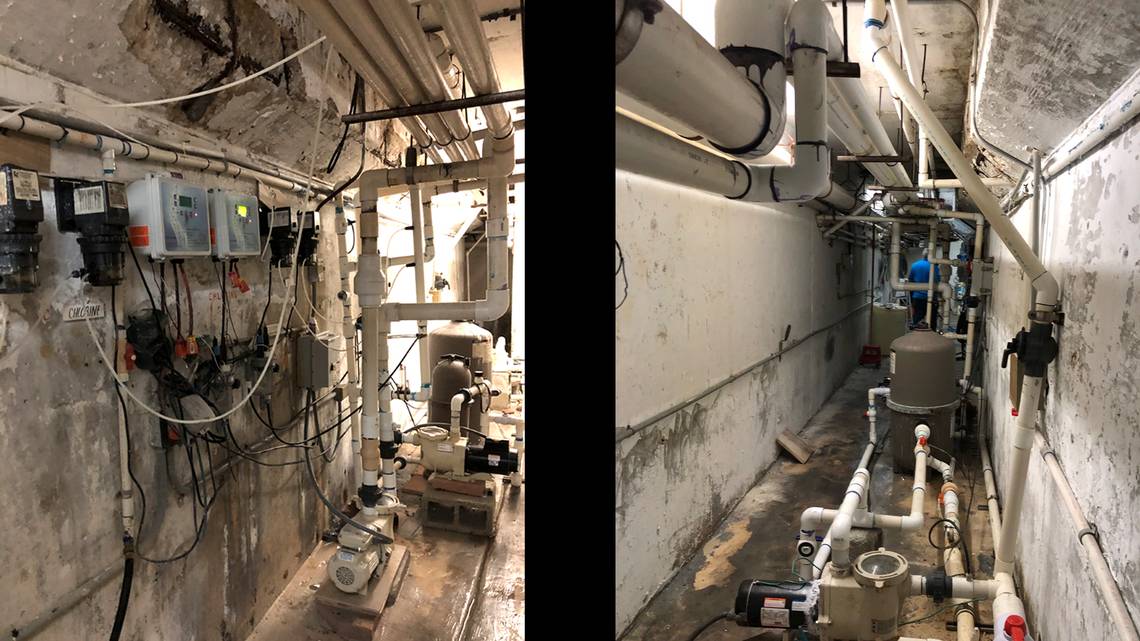
Source: https://www.miamiherald.com/news/local/community/miami-dade/miami-beach/article252421658.html
Kit Miyamoto, a veteran Los Angeles-based structural engineer who specializes in structural resilience, said that a pillar or column supporting the building appeared to have failed. Corrosion by the salty air or a “differential settlement,” meaning differences between how sides of the building were sitting on the land, could have caused a pillar to collapse, he said.
“This is truly a classic failure of a column,” said Miyamoto, chief executive of Miyamoto International, a global earthquake and structural engineering firm. “It was supporting many stories and that’s why it happened very suddenly.”
Source: https://www.washingtonpost.com/national/champlain-towers-south-surfside/2021/06/26/a509519a-d5de-11eb-a53a-3b5450fdca7a_story.html?utm_campaign=wp_post_most&utm_medium=email&utm_source=newsletter&wpisrc=nl_most&carta-url=https%3A%2F%2Fs2.washingtonpost.com%2Fcar-ln-tr%2F34057fa%2F60d74d179d2fda8060e92572%2F596bd281ae7e8a44e7de95cc%2F11%2F72%2F60d74d179d2fda8060e92572
A ” Better Way” to understand the building condition
In GBE, we use the new technology to show our findings during the inspection in order to make our clients understand more about their unit or property condition. After the inspection, it always needs to act fast for repairing and maintenance for keeping the property in a good condition. Here are some examples of how GBE perform our findings in our inspection through Matterport.
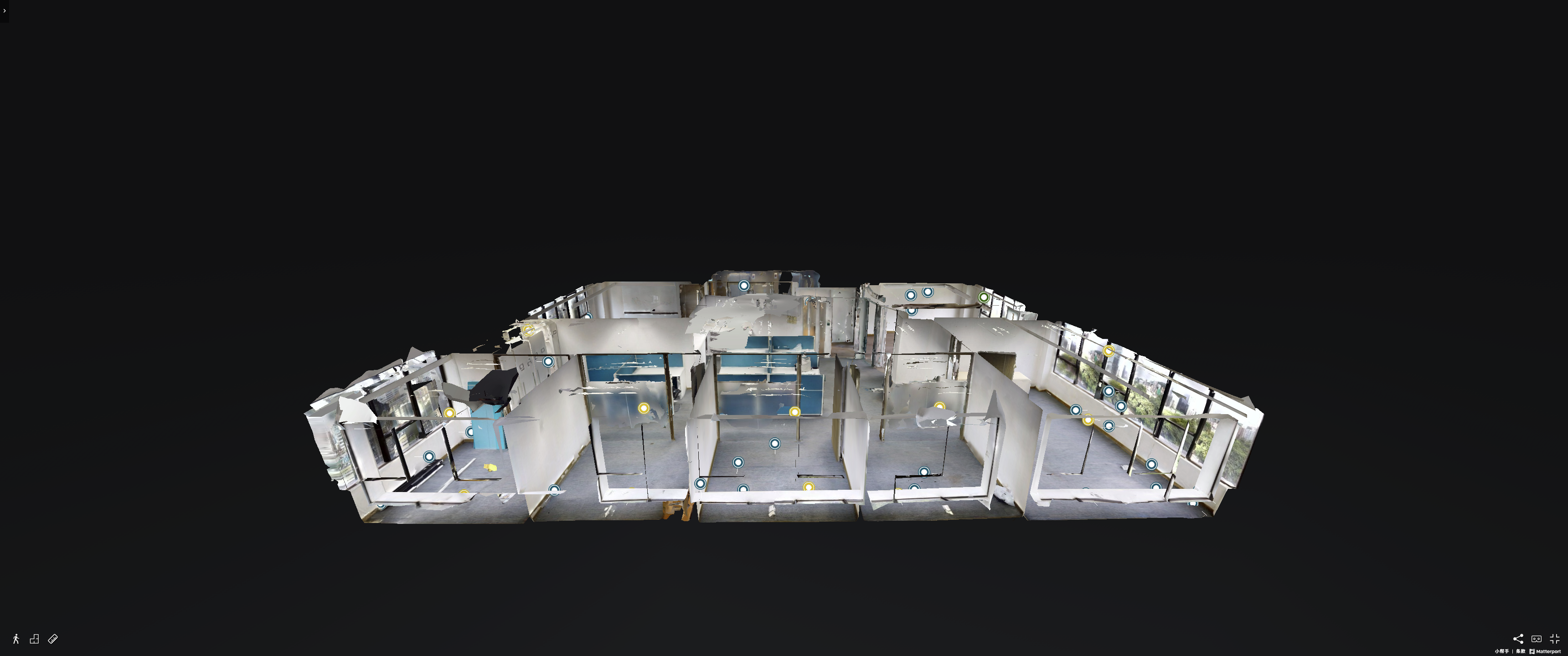
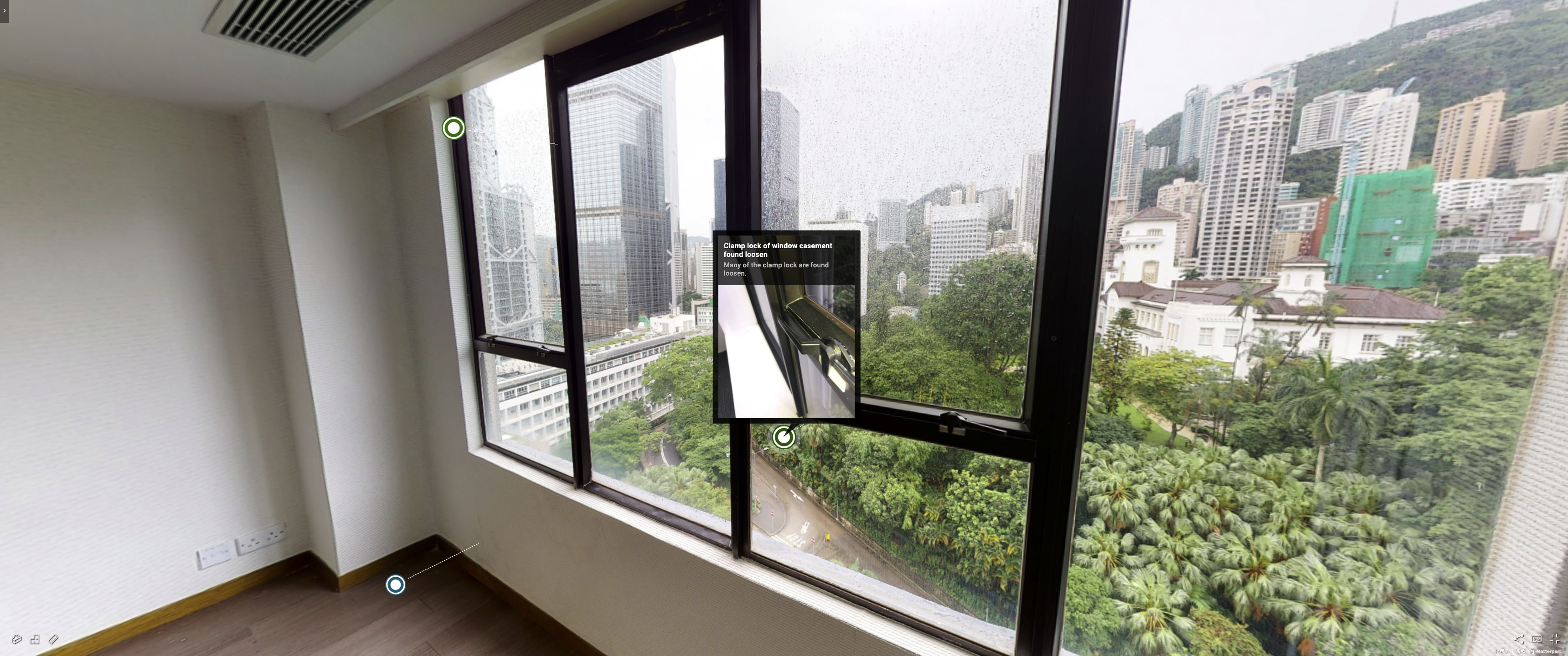
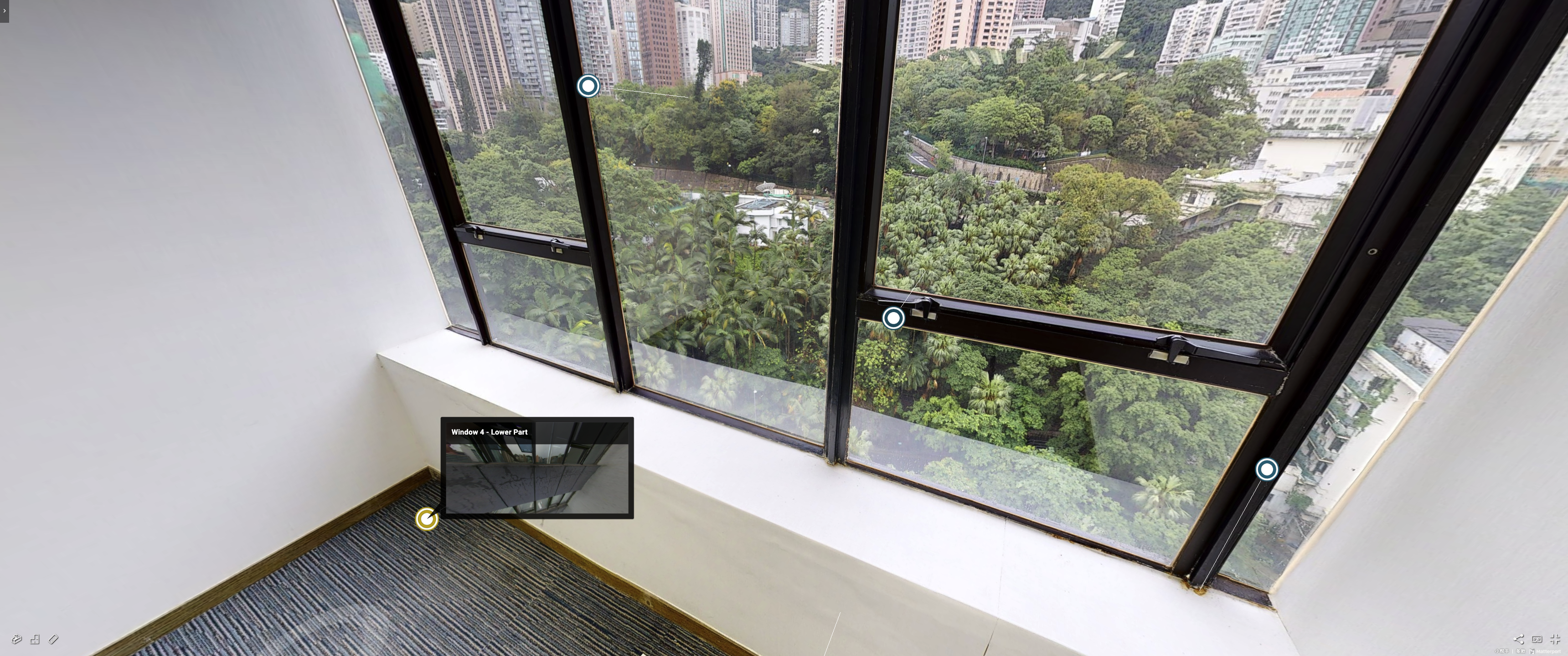
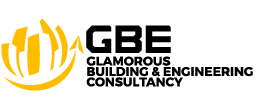
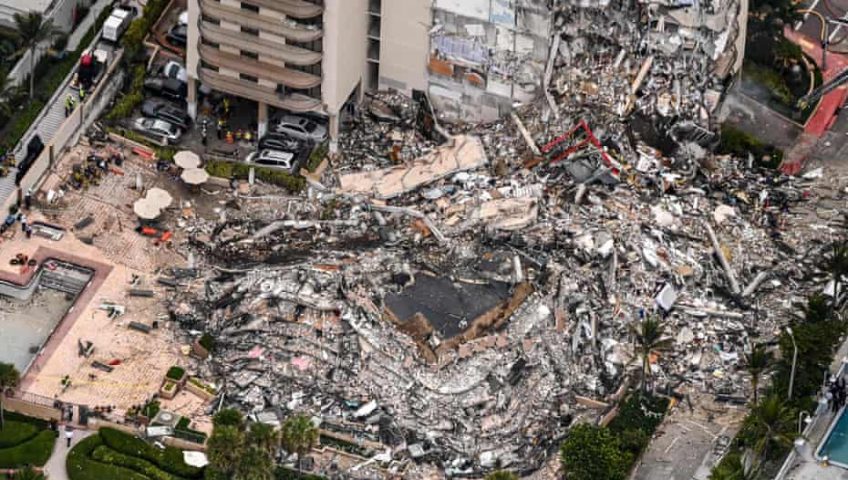
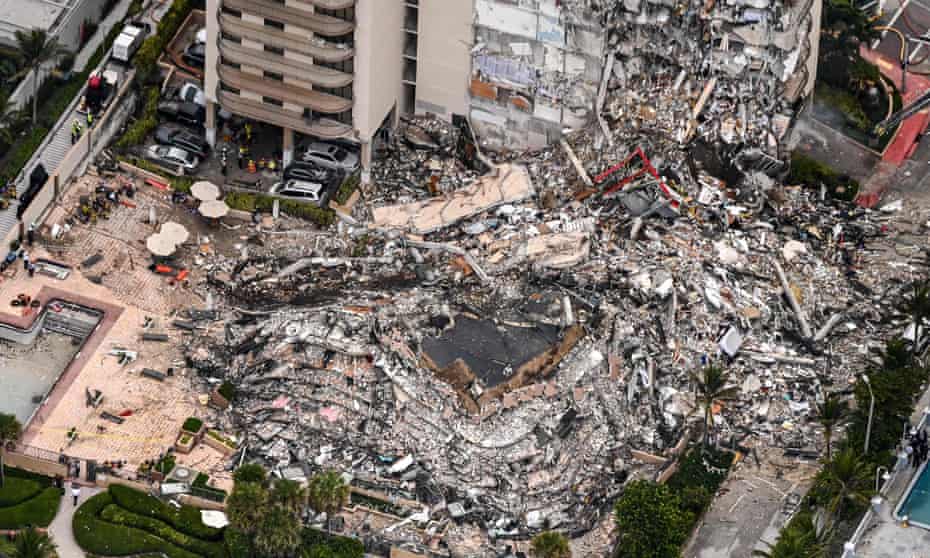


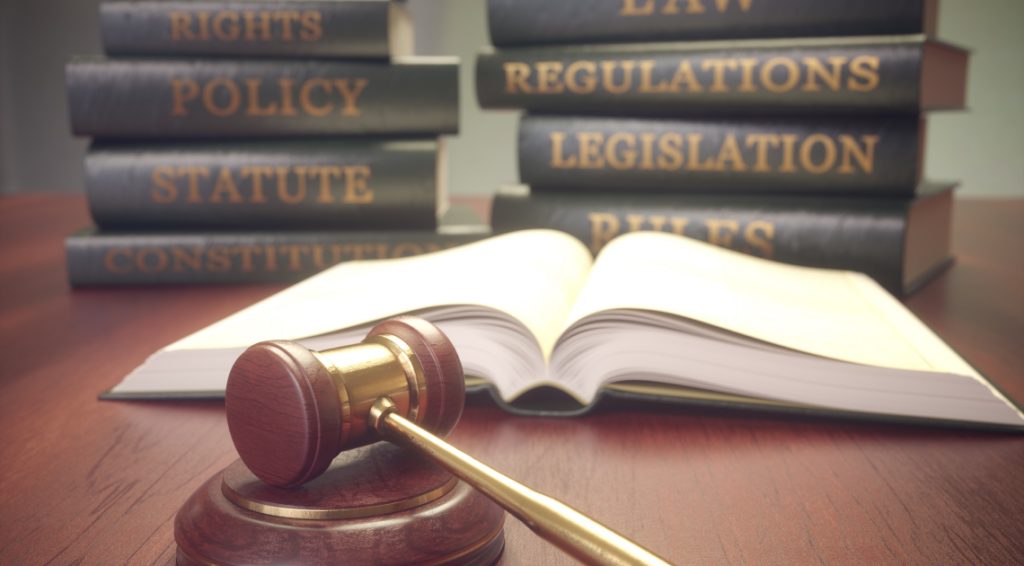
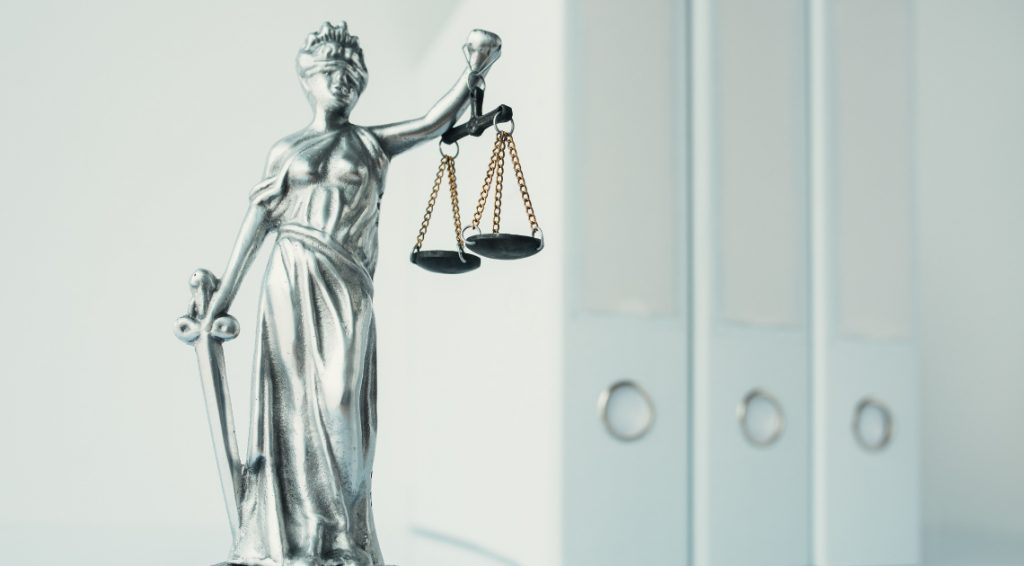
Recent Comments